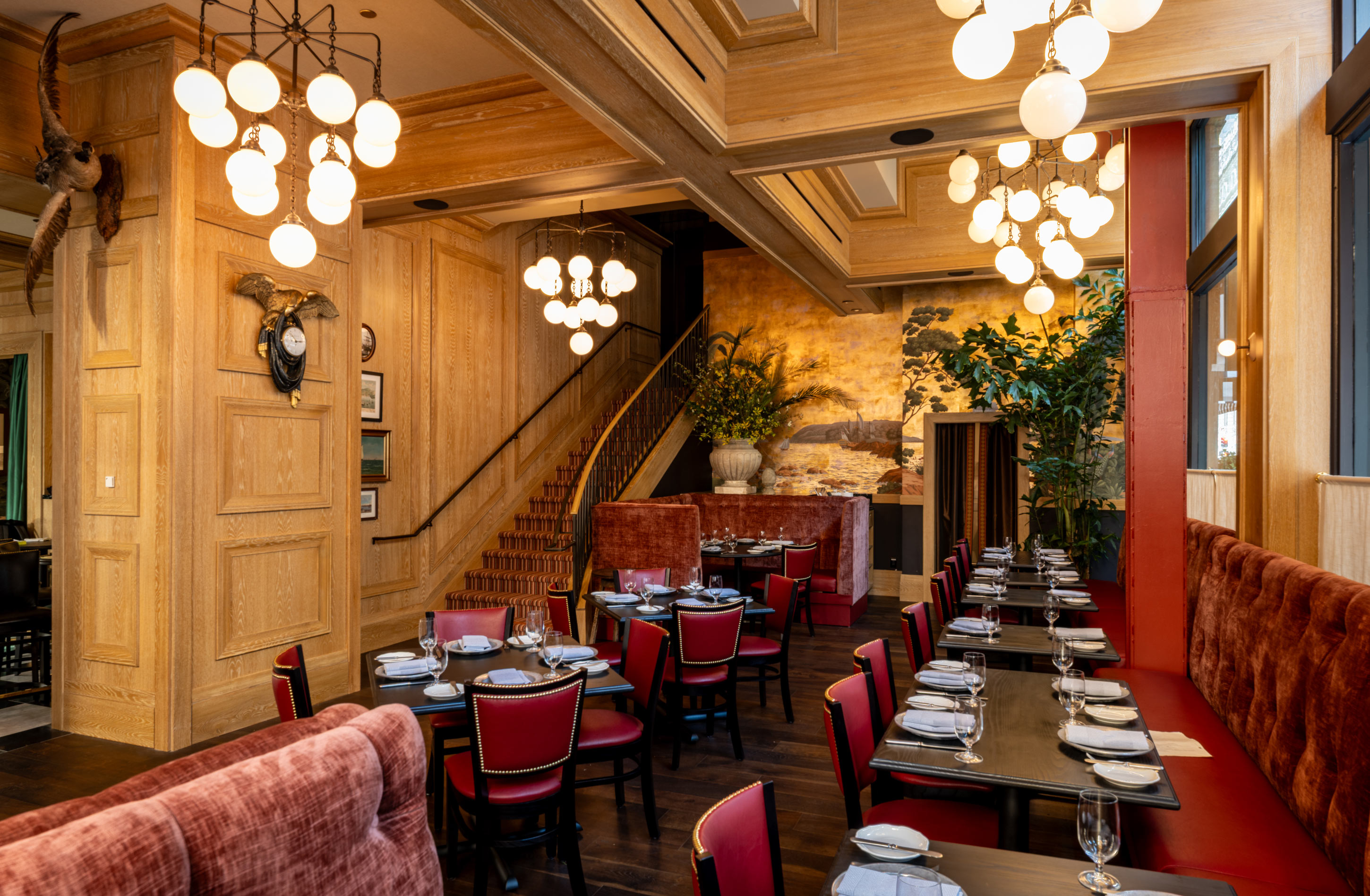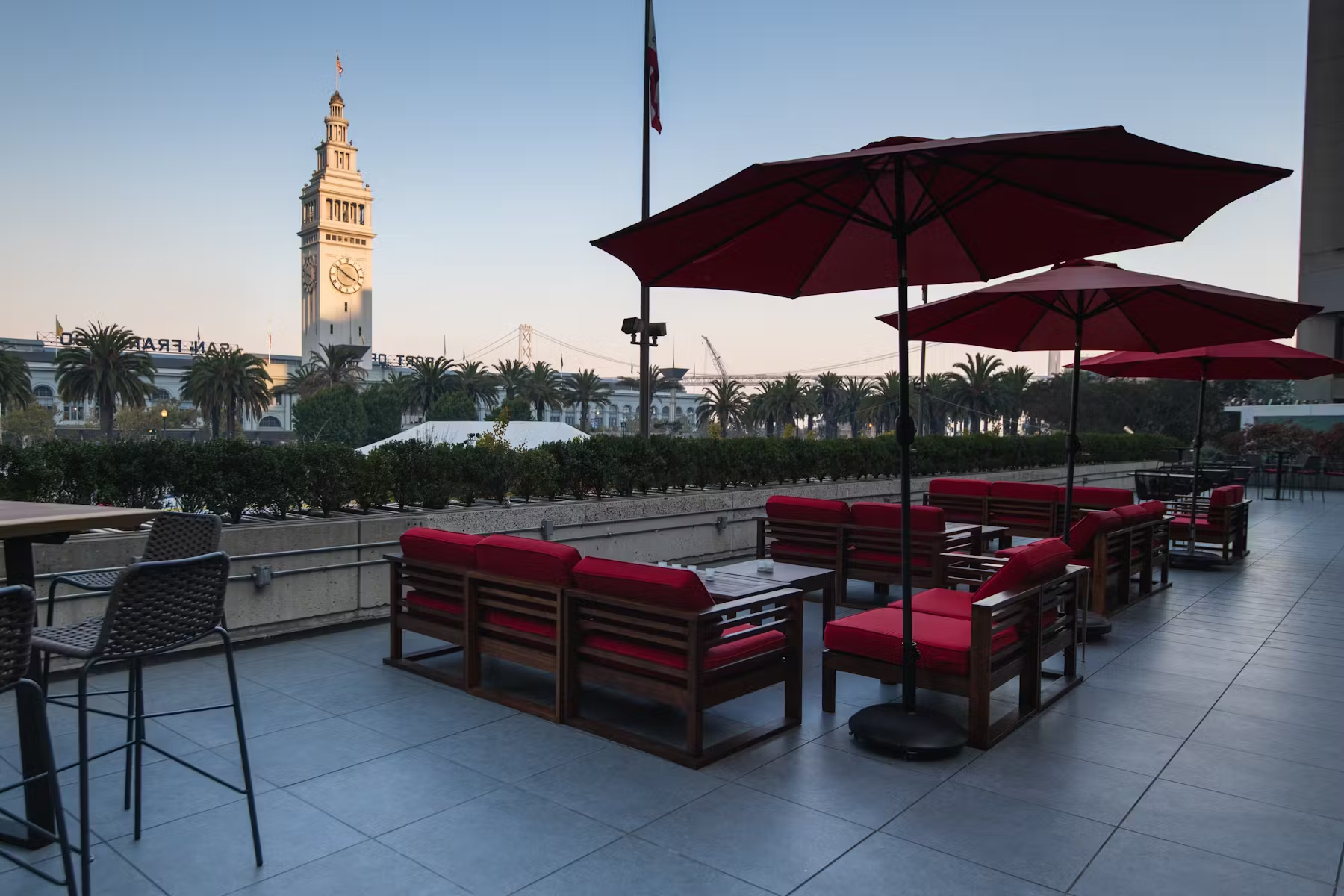
Picture this: it's Friday night, your restaurant is fully booked, but three tables sit empty because of no-shows. Meanwhile, you've turned away dozens of walk-ins who would have gladly filled those seats. This scenario plays out in restaurants worldwide every night, costing the industry billions in lost revenue. But what if there was a smarter way to handle reservations—one that could predict no-shows and optimize table allocation in real-time?
Enter dynamic overbooking with AI, a game-changing approach that's transforming how restaurants manage capacity. (The Role of AI in Restaurants - Trends for 2024) At Busy Bistro, this strategy delivered remarkable results: a 20% reduction in wait times and a 30% decrease in no-shows by combining AI reservation throttling with real-time table releases. (9 Genius Ways Restaurants Are Using AI)
This isn't just about filling seats—it's about creating a more efficient, profitable operation that serves more guests without compromising the dining experience. (Hostie AI Blog)
Before diving into overbooking strategies, it's crucial to understand the mathematics behind safe reservation management. Historical data shows that restaurant no-show rates typically range from 5% to 30%, depending on factors like day of the week, weather conditions, and reservation channel. (Restaurant Management Software Market)
The key to successful overbooking lies in predictive analytics that can process multiple variables simultaneously:
A safe overbooking ratio follows this basic formula:
Optimal Overbooking % = (Average No-Show Rate × Confidence Factor) + Buffer for Peak Demand
For example, if your restaurant typically sees a 15% no-show rate on Friday nights, with a 90% confidence interval, your safe overbooking ratio might be:
15% × 0.9 + 5% buffer = 18.5% overbooking capacity
This means for a 100-seat restaurant, you could safely accept up to 118 reservations, knowing that statistical probability suggests 18-19 guests won't show up. (Restaurant Management Software Market Forecast)
Modern AI systems like Hostie AI don't just rely on static formulas—they continuously learn and adapt. (Hostie AI Features) The system analyzes patterns in real-time, adjusting overbooking ratios based on:
Busy Bistro, like many popular restaurants, faced the classic capacity optimization problem. Despite being fully booked most nights, they were losing revenue due to no-shows while disappointing potential customers who couldn't get reservations. The restaurant's 80-seat capacity was underutilized by an average of 12-15 seats per night due to no-shows and late cancellations.
Working with Hostie AI's automated guest management system, Busy Bistro implemented a three-pronged approach:
The AI system analyzed six months of historical data to identify patterns:
Instead of accepting reservations on a first-come, first-served basis, the system began intelligently managing booking flow:
The most innovative aspect was the dynamic table management:
| Metric | Before AI | After AI | Improvement |
|---|---|---|---|
| Average wait time | 25 minutes | 20 minutes | 20% reduction |
| No-show rate | 18% | 12.6% | 30% reduction |
| Revenue per night | $8,200 | $9,450 | 15% increase |
| Customer satisfaction | 4.2/5 | 4.6/5 | 9.5% improvement |
| Table utilization | 82% | 94% | 12% increase |
These improvements weren't just numbers—they translated to real business impact. (Restaurant Management Software Market Growth)
Hostie AI's seat-allocation system is designed for restaurants, by restaurants, making setup intuitive for hospitality professionals. (Hostie AI Company Background) Here's how to configure your system for optimal results:
1. Upload 3-6 months of reservation data
2. Include no-show records, cancellation patterns, and weather data
3. Identify peak times, seasonal trends, and customer segments
4. Set baseline no-show rates by day/time combinations
Define your comfort level with overbooking:
Set up conditional logic for different scenarios:
IF day_of_week = "Friday" AND weather = "clear" AND local_events = "high"
THEN overbooking_ratio = 118%
ELSE IF weather = "rain" AND temperature < 40°F
THEN overbooking_ratio = 108%
Hostie AI tracks individual customer behavior to create reliability scores:
The beauty of Hostie AI lies in its seamless integration capabilities. (Hostie AI Integration Features) The system works with:
This integration means you don't need to overhaul your current workflow—Hostie AI enhances what you're already using. (Hostie AI Pricing)
Weather is one of the most underestimated factors in restaurant demand forecasting. Research shows that weather conditions can swing restaurant traffic by up to 40% on any given day. (The Role of AI in Restaurants)
Hostie AI's weather integration goes beyond simple forecasts. The system:
Last winter, a popular downtown restaurant using Hostie AI faced an unexpected snowstorm on a typically busy Saturday night. Here's how the AI system responded:
6 PM: Weather alert triggered 40% no-show prediction
6:15 PM: System automatically increased overbooking to 125%
6:30 PM: Automated SMS sent to waitlisted customers about potential availability
7:00 PM: Real-time adjustments as actual no-shows exceeded predictions
Result: Despite 45% no-shows, the restaurant maintained 88% capacity
Without AI intervention, this restaurant would have operated at just 55% capacity, losing thousands in revenue. (Restaurant Management Software Benefits)
When a table becomes available due to a cancellation or no-show, time is of the essence. The window to fill that seat is often just 15-30 minutes. This is where Hostie AI's automated SMS system shines, turning potential losses into revenue opportunities. (Hostie AI Communication Features)
"Great news! A table for 2 just opened up at 7:30 PM tonight.
Reply YES to confirm within 10 minutes. - Busy Bistro"
"Hi [Name]! We have a last-minute opening tonight at 8 PM.
Interested in joining us? 20% off appetizers for quick replies!"
"Spontaneous dinner plans? We have availability NOW!
Click here to book: [link] - Limited time offer!"
Hostie AI's SMS system doesn't just blast messages randomly. It uses sophisticated targeting based on:
Restaurants using Hostie AI's SMS upsell feature report:
These numbers translate to significant revenue recovery. A typical 100-seat restaurant can recover $200-400 per night in otherwise lost revenue through strategic SMS upselling. (Restaurant AI Applications)
Effective SMS marketing requires careful attention to regulations and customer preferences:
The financial impact of dynamic overbooking extends far beyond simply filling empty seats. Let's break down the revenue mathematics for a typical restaurant:
Revenue increase: $1,557 per night (23.4% improvement)
Annual impact: $568,305 additional revenue
These numbers demonstrate why the Restaurant Management Software Market is projected to grow from $23.88 billion in 2025 to $46.22 billion by 2034. (Restaurant Management Software Market Size)
For a restaurant generating the revenue uplift shown above:
While the revenue potential is significant, smart operators implement safeguards:
Hostie AI's system continuously evolves, learning from each reservation cycle to improve predictions. (Hostie AI Technology) The machine learning algorithms analyze:
The AI doesn't just react to patterns—it predicts future scenarios:
IF Valentine's Day = Friday AND weather = clear AND reservations_booked > 95%
THEN predict_no_show_rate = 8% (lower than typical Friday)
AND recommend_overbooking = 108%
AND suggest_premium_menu_promotion = TRUE
Modern restaurants receive reservations through multiple channels, each with different no-show characteristics. (Restaurant AI Trends) Hostie AI manages this complexity by:
Restaurant managers get a single view of:
With 85% of Australian restaurant operators and 70% of U.S. operators leveraging AI in some way, voice integration is becoming standard. (Restaurant AI Usage Statistics) Hostie AI's voice capabilities include:
This comprehensive approach means that Hostie AI handles over 80% of guest communications automatically for partner establishments like Flour + Water and Slanted Door. (Hostie AI Success Stories)
New users often push overbooking ratios too high too quickly, leading to customer dissatisfaction and operational chaos.
Static overbooking ratios fail during holidays, events, or seasonal changes.
Dynamic overbooking is an AI-driven strategy that allows restaurants to accept more reservations than their actual capacity based on predicted no-show rates. Using historical data and predictive analytics, the system calculates the optimal number of additional bookings to take, ensuring maximum seat utilization while minimizing the risk of overbooking situations.
Hostie AI leverages machine learning algorithms to analyze historical reservation data, weather patterns, local events, and customer behavior to predict demand fluctuations and no-show probabilities. The system continuously learns from past performance to refine its predictions, enabling restaurants to make data-driven decisions about reservation management and optimize their seating capacity.
AI-powered overbooking helps restaurants increase revenue by filling seats that would otherwise remain empty due to no-shows, reduces wait times for walk-in customers, and optimizes staff scheduling based on predicted demand. According to industry research, 85% of Australian restaurant operators are already leveraging AI in some way, with data analytics being a top use case for operational optimization.
Hostie AI uses sophisticated algorithms to calculate precise overbooking levels based on real-time data and historical patterns, reducing the likelihood of having more guests than available seats. The system also provides contingency planning tools and can automatically adjust reservation acceptance rates based on current booking trends and cancellation patterns to maintain optimal balance.
Unlike traditional static reservation systems, Hostie AI offers dynamic, intelligent booking management that adapts in real-time to changing conditions. As highlighted in Hostie's recent $4M seed round announcement, the platform combines advanced AI technology with user-friendly interfaces to help restaurants maximize revenue while maintaining excellent customer experiences through predictive analytics and automated decision-making.
The restaurant management software market is experiencing explosive growth, projected to reach $46.22 billion by 2034 with a CAGR of 7.61%. This growth is driven by increasing demand for operational efficiency and the adoption of AI-powered solutions like dynamic overbooking, which help restaurants optimize workflows, reduce human errors, and improve customer experiences in an increasingly competitive market.
RELATED


